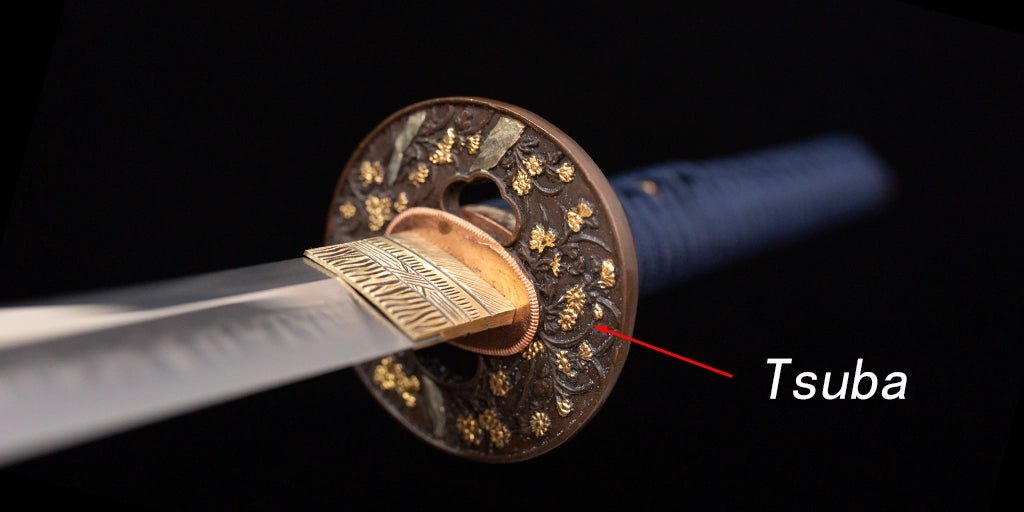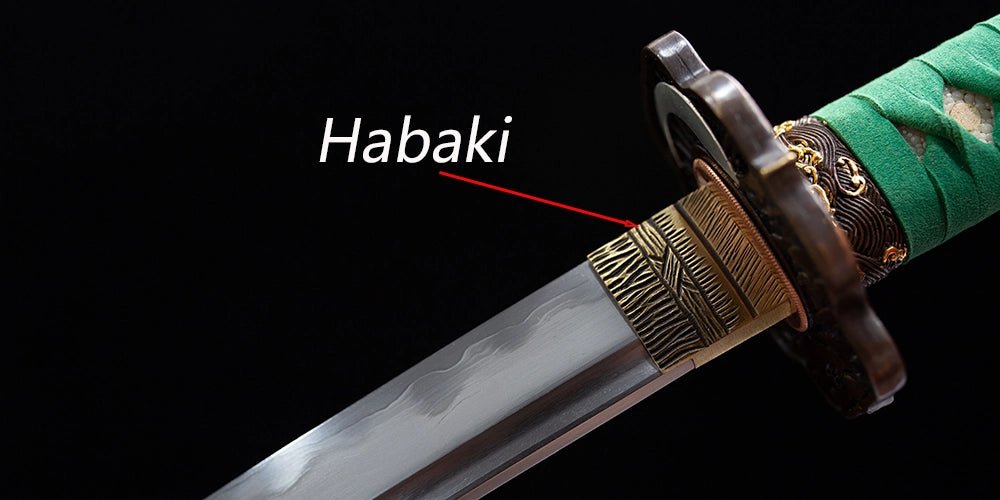Saya-Katana sheath

What is a katana sheath called?
Saya is a scabbard or sheath of katana in Japan, which is a container used to carry the katana. Katana has an amazing sharpness, so it is necessary to use saya to protect it when storing or carrying it. One is to protect the blade and the other is to protect the wearer from the harm of the sword.
A sword can have more than one saya, but it must include a "shirasaya". In ancient times, the Japanese samurai would wear their swords with an ornate koshirae on the outside, but at home they kept their swords in a shirasaya. shirasaya is made of plain wood, which is also ideal for making a saya because it is soft enough not to wear down the blade, has a regular grain, is easy to work with planes and chisels, and can be air-dried to completely remove the water from it, which is most effective in dry environments. The dry environment is most suitable for the protection and preservation of Japanese swords. Changes in temperature and humidity can cause the wood to expand or contract, making an otherwise suitable saya unsuitable. Therefore, the woodworker making the saya must also take into account the environmental factors of the sword's future owner's location.

What is the best material for a katana sheath?
When a blade is carried or transported, it is stored in a saya. Very old saya were made of cowhide or bamboo, but soon many were made of honoki (magnolia wood). At first these saya were thin in
and were called hirazaya.
Later, thicker, leather-wrapped and lacquered saya came into widespread use. In the medieval period, expensive tachi-koshirae with gilded bronze or silver fittings came into use. In addition, there were nishiki-tsutsumi saya (brocade), hiru-maki saya (saya wrapped in metal strips), and tomaki-saya (rattan). Tachi-koshirae of the Edo period often have saya with nashiji or ikakeji lacquer, with raden or maki-e designs.
Early modern uchi-gatana, wakizashi and tanto koshirae are usually lacquered. A samurai's formal daisho would have plain black lacquered saya.
From the mid-Edo period on, there was a demand for variation in saya lacquering, and many new lacquering methods were developed.
As the lacquering techniques were fully utilized, the skills were raised to a very high level.
Early SAYA were relatively simple and only had the function of protecting the blade. With the development of Japanese swords and the improvement of craftsmanship,saya has gradually evolved from purely utilitarian to a craft that can be both practical and appreciated,and whole because the saya is replaceable like a samurai's clothes, you can put practicality behind ornamentation when customizing katana.
Katana saya and Tachi saya
The tachi's saya can be made of wood or metal and has two loops for hanging around the waist.
The wakizashi and tanto saya are similar to the katana saya, except that they are shorter in length.



Leave a comment
This site is protected by hCaptcha and the hCaptcha Privacy Policy and Terms of Service apply.